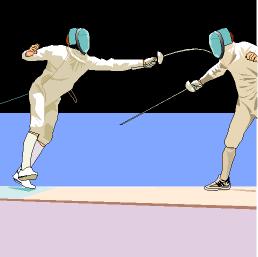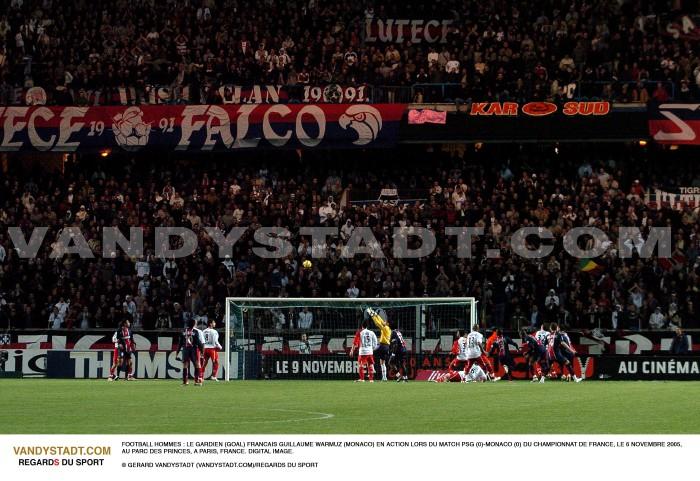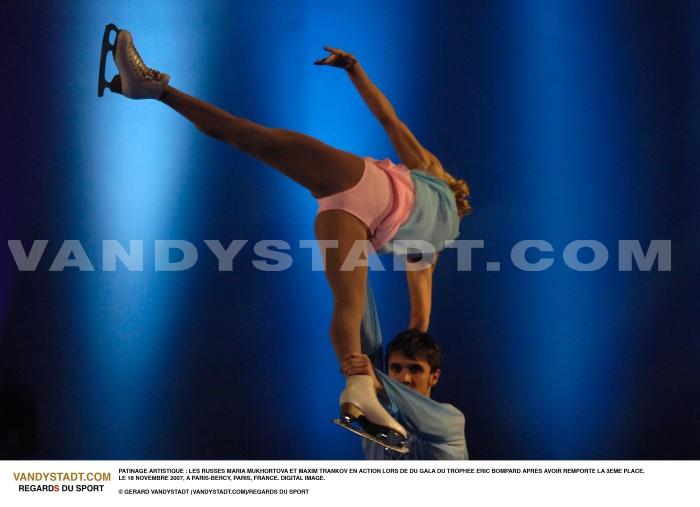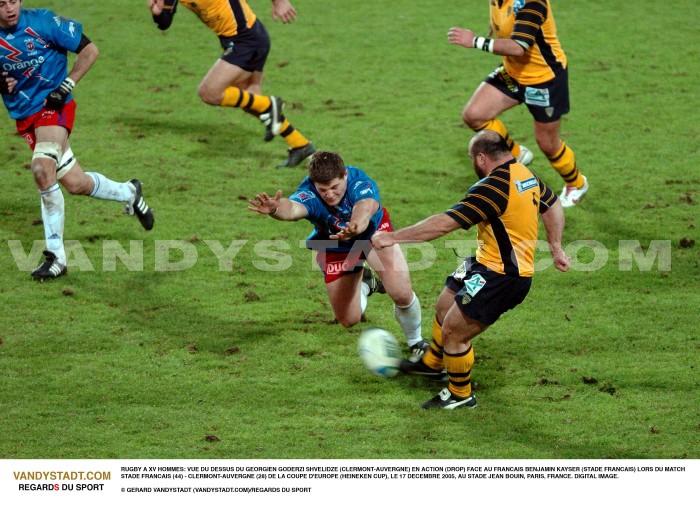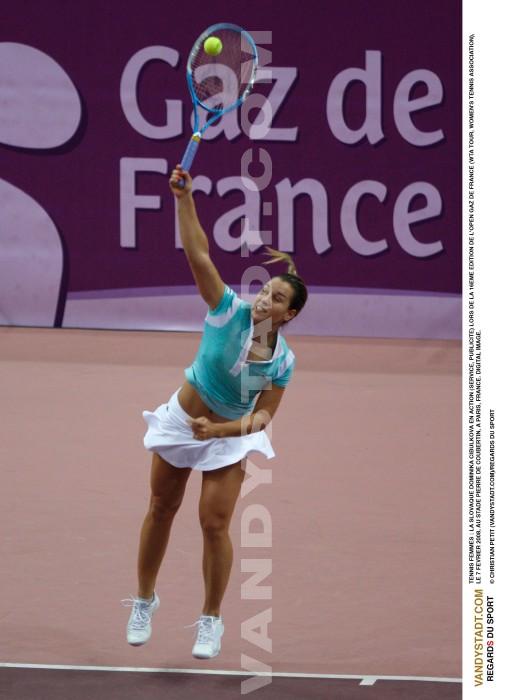Escrime - Fencing history
Fencing - Olympic Sports
![]()
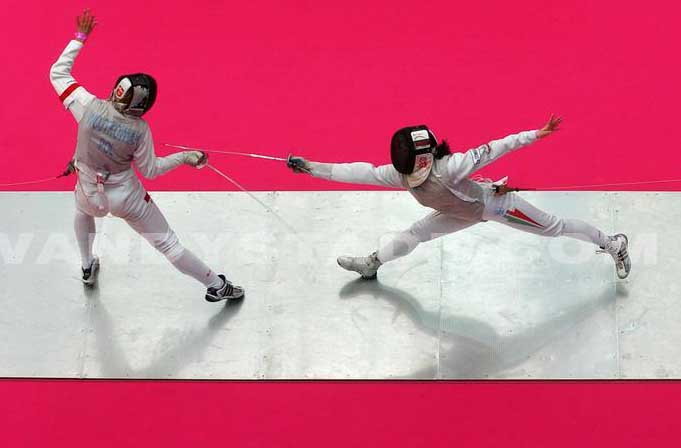
Two competitors compete and the winner is the one who, most of feints, cracks, parries and ripostes, marks the first number of keys needed for victory.
The motto of fencing: "I Do not unsheathed without reason, do not refrain me without honor."
The origins of fencing date back far into history and practice, initially mainly bound to struggle and later in a duel, has evolved to become today one of the sport.
The weapons held an important place in societies and cultures ancient Eastern. Throughout history, it is mentioned competitions after life-threatening, such as the Roman gladiator fights, tournaments of medieval nobility, dueling with swords.
Embossed carvings discovered in the temple Madinet-Habu in Luxor in Egypt, dating from 1190 BC, C, shows fencers in action. The swordplay was practiced as combat training by ancient civilizations such as Japan, China, Persia, Greece and Babylon. In Graeco-Roman warriors used swords and sharp short. In medieval knights wielded two-handed swords, broad and massive. The musketeers of Louis XIII played brilliantly in the rapier and dagger.
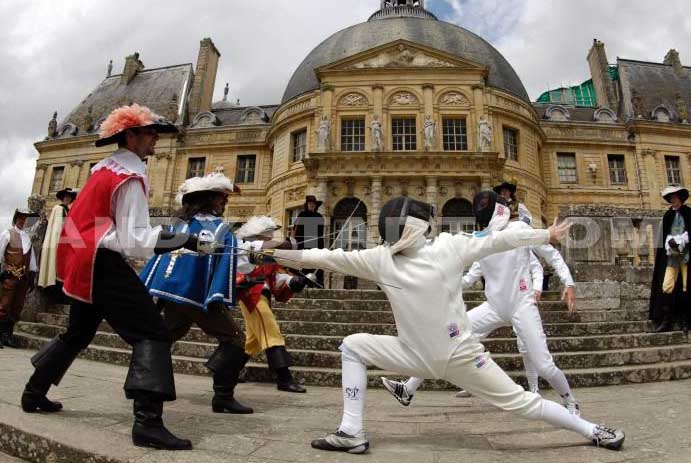
In Europe, modern fencing has emerged as a sport. The first guilds were founded in 1480 by German fencing masters, such as 'Marxbruder' Frankfurt. Henri Saint-Didier is the principal source of fencing movements that are still in force. Duels and sword fights, often fatal, were popular from 16th to 18th century weapons such as sticks, swords and swords. The French King Charles IX founded in 1567, the Academy of fencing masters. Also in France, the Ecole de Joinville, founded in 1872, training of fencers who attached themselves, not to give any duelists way to triumph on the field, but especially to teach a real sport , with courtesy and elegance. Besides the sword, advanced weapon, thrusting itself where the keys are valid on all parts of the body, we adopted the foil is also thrusting weapon, but conventional nature, where the way of bearing keys and reach the surface were paramount. Finally, the sword, using the blade (size) and advanced (thrusting), the traditional weapon of the Magyars, weapon fighting on horseback also appeared as the third sport and received employment limitations that made it a other conventional weapon. The rules and techniques have not changed much since its inception, except the introduction of a key signaling to electricity.
